No Follow vs Do Follow Link – What is The Difference?
In Seach Engine Optimization (SEO), outbound links have a high impact on website ranking. Building and earning high-quality links are the core task of any SEO strategy. In this article, I am going to explain everything you need to know about outbound links, its type, advantages, and disadvantages.
Table of Contents
What is Outbound Link?
An outbound link (external link) is a link that goes out from your website. As the name suggests, outbound links send visitors from your website to “linked” sites. Outbound links are used in a website for reference to the original article, facts. Or even for credibility and more information. Sometimes you give an external link for image/infographics credit and citation. Following figure clearly illustrates what outbound is –
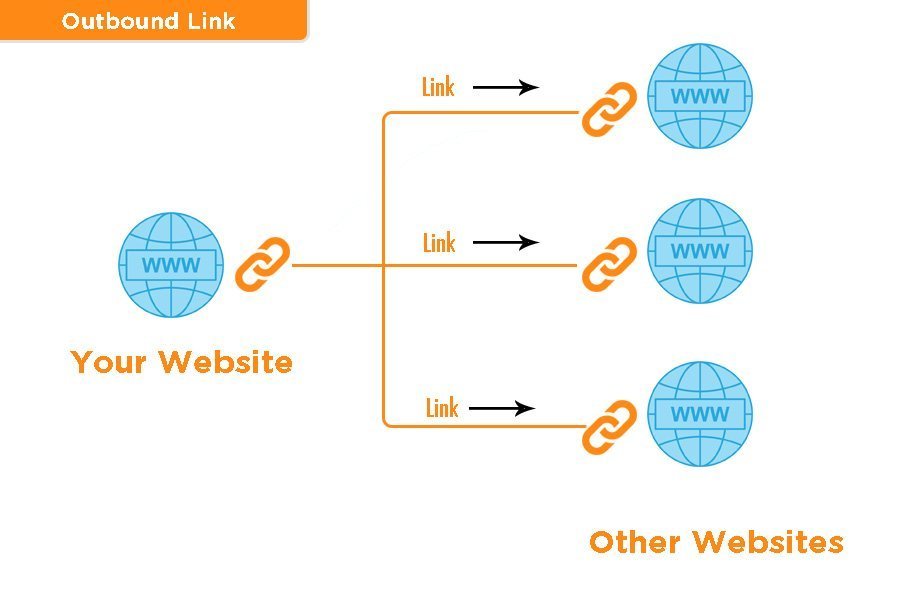
An outbound link does not only help the other website but also helps you to enhance relevancy and trust. This is why links are one of the important factors for the website.
Types of Outbound Link
There are mainly two types of outbound links. They are
- Do-follow link (or follow)
- No-follow link
let’s discuss both of these is details
What is Do-Follow Link?
A “Dofollow” also called “Follow” link tells search engines that it is ok to follow this link to its destination, crawl the data site, and categorize the information it finds because it is relevant to the information on the source page/post. In essence, it is like an endorsement or recommendation of the destination website’s content. As a result, Google passes some of the original website’s PageRank (a ranking factor for SEO) on to the destination website.
An example of Do-follow link
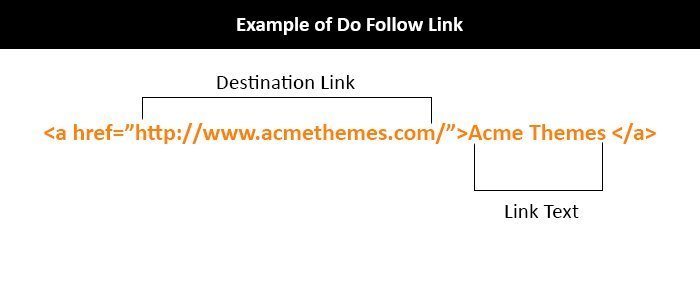
This is a really good thing if your website is the destination site and the referring site is a well-respected site with a lot of authority. However, if the referring site is questionable or has been penalized by search engines, this can actually hurt your website’s rank in search results.
By default, all links are do-follow links unless they are modified to be nofollow links manually or are automatically changed by a website setting. Search engine crawlers follow dofollow links. In other words, they continue to crawl other pages they discover through standard links. Dofollow links pass along what the SEO community commonly calls “link juice.” Links are a vote for quality.
When to Do-Follow Link?
You use do-follow links in the following cases
- If the website you linking have high authority
- If you want to pass the PageRank to the destination website
What is No-Follow Link?
The “no follow” link tells search engines to ignore the destination link. Because Nofollow links do not pass PageRank they likely don’t impact search engine rankings. Nofollow links are links with a rel=”nofollow” HTML tag applied to them.
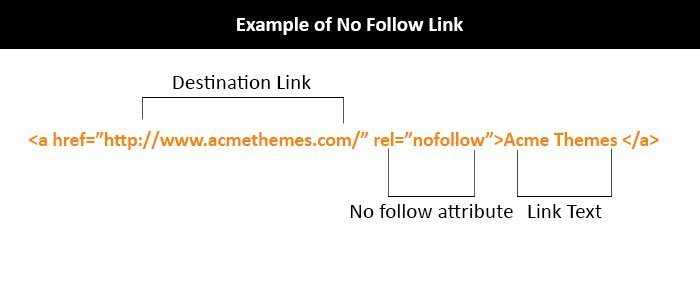
A “Nofollow” link basically tells search engines to ignore the link. As a result, there is no change in PageRank to either the referring site or the destination site. So there is no impact on SEO. If other sites link to your content using a Nofollow link, you may not benefit from their PageRank, but you may still benefit in other ways from those links such as increased traffic to your website.
When to No Follow Link?
In most of the cases, you give no-follow link unless you really want to pass the search engine crawler the send the PageRank. If you don’t want to pass authority to (or “endorse”) another webpage or because it’s a paid link you simply use no-follow. Besides these, you use the no-follow link in the following cases
- Affiliate Links
- Advertisement banner/links
- Sponsored posts
- When you giving links to a non-trustworthy website
- Press releases links
- Paid links, directory submission, review links.
How to Check Do-Follow and No-Follow Link?
You can check whether the links are do-follow or no-follow by checking it’s HTML link attribute.
- Right-click in the link
- Click in inspect element
- Check <a></a> tag if it contains rel=”nofollow” attribute
For the SEO professionals who want to keep careful and easy track of no follow links, there are many extensions available to download for Chrome and Firefox that automatically highlight no follow or do follow links on the pages you visit.
There are also great link checker extensions available for browsers. You can easily track your website’s nofollow links with the help of these extensions.
Advantages of Outbound Links
Giving outbound links to the relevant sites and pages will have a positive impact on your website. But you should do it in the right way. Here are some advantages of giving outbound links to other websites.
- It will increase the relevancy of your content if you give a link to the reputed industry sources.
- Linking to other websites from the same niche will increase your credibility.
- Build trust within your industry
- If you frequently exchange the links then it will be a positive signal from the Search Engine perspective.
- Giving the outbound links will boost value to the readers by giving more relevant information.
Disadvantages of Outbound Links
There is basically no negative impact on giving an outbound link. However, if you are linking to some random spammy and low authority websites, it will have a negative impact on your website. Following are the things to consider while giving outbound link –
- Check the quality of websites before giving link
- Link only to relevant content that really adds values to the readers
- Properly check there is no broken link
- Don’t forget to add rel=”nofollow” wherever required
- Use proper Anchor Text so that your readers clearly get what are they are redirecting to
- Make sure your external links open in a new tab so that your page doesn’t close. You can simply add target=”_blank” within the anchor tag.
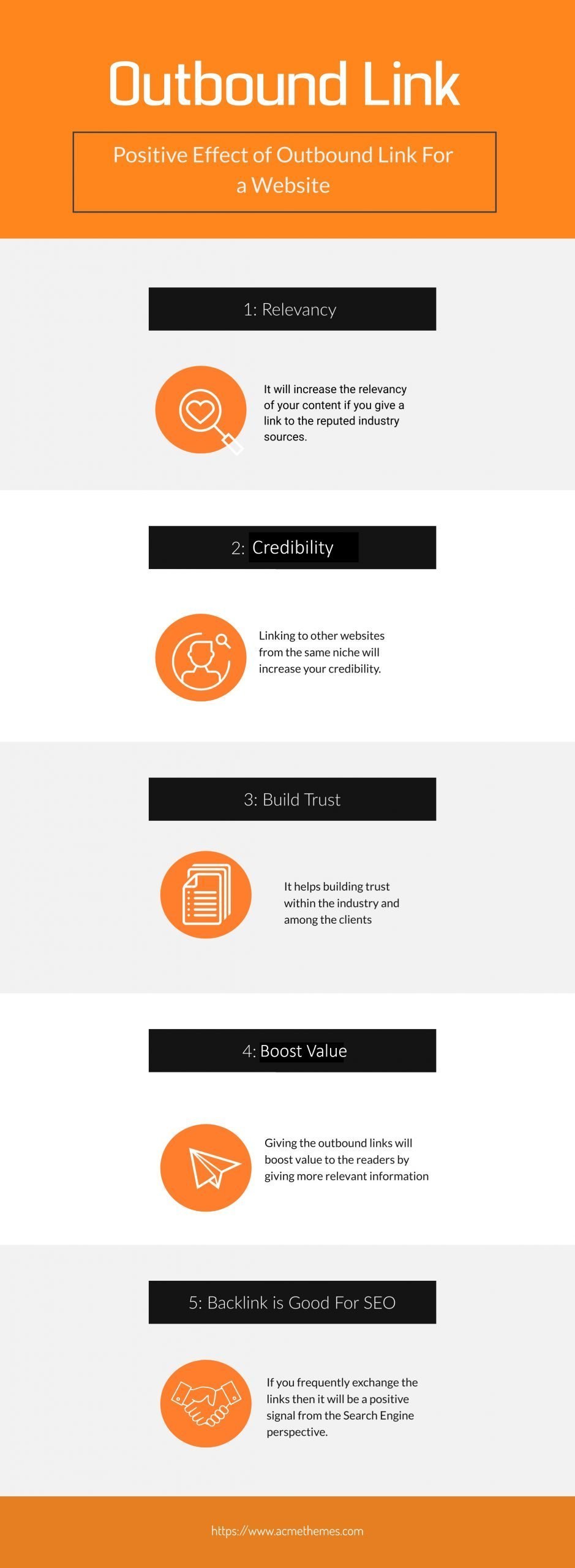
Conclusion
Although do-follow will have more impact on SEO, you need both do-follow and no-follow links. A healthy balance of do-follow and no-follow links will positively result in your online marketing strategy.
So, I hope you got a clear insight into what is an outbound link and its types. If you have any other helpful and actionable strategy related to this topic then make sure you comment on the comment section below.
Other SEO Articles:
- 13 Essential SEO Tips For WordPress Website
- 10 Common Off-Page SEO Techniques
- Technical SEO For a Website?
If you liked this article, then consider following us on Twitter and Facebook and LinkedIn.
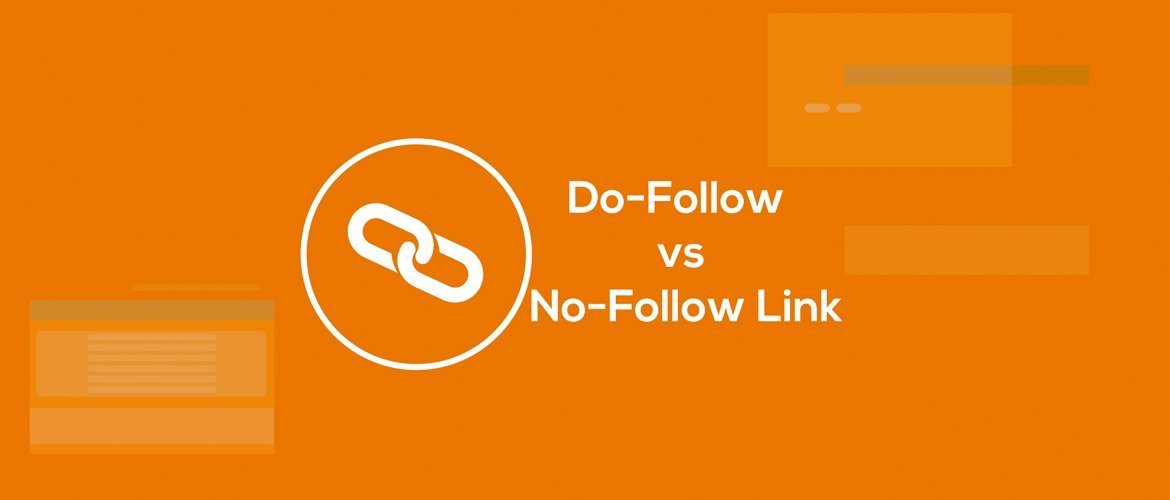
Hi there, this has been quite helpful.
And I’d love to get a few heads up and learn from your site.
hopefully I could get a few shouts out, and secondly… I Can’t find my blog on google.
Here are a few typos on this content. :
( Use proper Anchor Text so that your readers clearly get what are they are redirecting to)
When to No Follow Link?
In most of the cases, you give no-follow link unless you really want {to pass the search engine crawler the send the PageRank. If you don’t want to pass authority to} (or “endorse”) another webpage or because it’s a paid link you simply use no-follow. Besides these, you use the no-follow link in the following cases